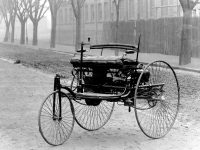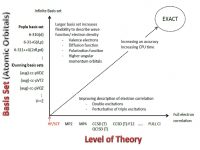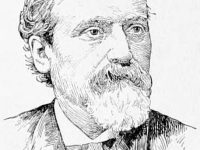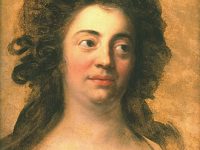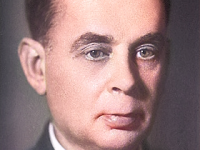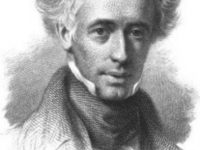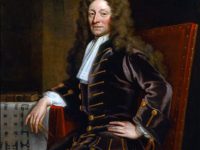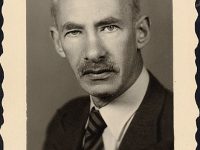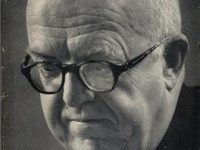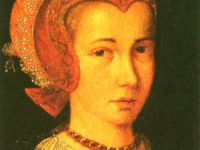The Benz Patent-Motorwagen No.1 – the Very First of its Kind
On November 2, 1886, the German imperial patent office granted Karl Benz the patent under the number 37435 for his automobile, the Benz Patent-Motorwagen No.1. Benz‘s automobile is widely regarded as the world’s first automobile, that is, a vehicle designed to be propelled by an internal combustion engine. Developing a Vehicle After developing a successful gasoline-powered two-stroke piston engine in 1873, Benz focused on developing a motorized vehicle while maintaining a career…
Read more

